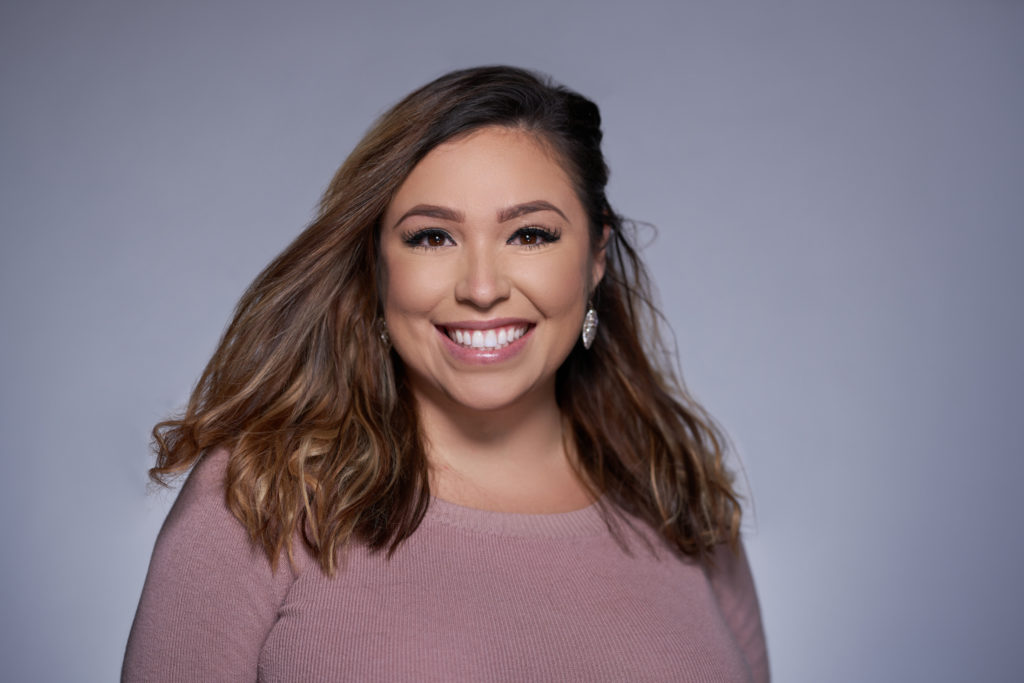Almost everyone has had to have a professional photo taken at some point in their lives. Whether it’s for a passport, driver’s license, or work ID, it’s essential to look your best. Here are a few tips on how to look good in a professional photo. These include posing, lighting, and framing. It is also important to open your eyes slowly before the photo is taken. After you’ve taken these steps, you’ll have a better understanding of how to pose and be photographed.

Posing
Professional photography can be quite challenging, but there are tips you can follow on how to look good in professional photos. To begin, you should know the most flattering angles. Pose for those angles and practice. Make sure you don’t overdo it, but also make sure to stay relaxed and approachable. You should try to repeat the same poses many times to build muscle memory.
You can also use a variety of poses to create the best effects. For example, a tilted chin will make your face appear slimmer, while a lowered chin will give you a more relaxed appearance. Another technique is looking at the camera with an upward gaze, conveying confidence and engagement. You can use this pose in all sorts of shots, from full-length shots to close-ups. You can even experiment with different props and lighting.
The face is the most important part of a person in a photo, so it is crucial to make sure it is posed correctly. Letting your arms hang flat will give you a stiff and boring look, so instead, put them on your hips or throw them up in the air. Also, try to keep your shoulders at an angle that will make your body appear slimmer.
Lighting
No matter what you do for a living, it’s important to look good in professional photos. Whether you’re an actor headshot, a corporate headshot, or a modeling portfolio, the right lighting can make all the difference.
While natural light is always best, sometimes it’s not possible to get the right amount of light without using artificial lighting. If you’re going to be using artificial lighting, it’s important to know how to use it correctly. Otherwise, you could end up with photos that look washed out or flat.
Here are a few tips for getting the most out of your professional photo shoot:
- Use a diffuser to soften the light and avoid harsh shadows.
- Use reflectors to bounce light back into the shadows and create a more even distribution of light.

Framing
When framing a photograph, you want to choose a design that accentuates the picture. The frame and mat you choose should echo the style of the image. Use an even texture and a complementary color palette for a polished look. This will make your photo look more attractive and improve your image’s quality.
There are many ways to frame a photo, including architectural elements and natural features. You can also use props to make the picture more interesting. Choosing the right angle, aperture, and focal length are all important when framing. Framing is also an important aspect of creating realistic three-dimensional photos.
The basic technique of framing a photograph is simple and effective. It isolates the most important parts of the image and directs the viewer’s eye to the main focus. It should also not feel forced; instead, it should feel natural to the viewer. Using the right framing elements can really add context to a photo.
Framing can be a subtle or elaborate technique. Many people use this technique without realizing that they are doing it. But being aware of it will help you progress and make your photos look more interesting. By practicing this technique, you will be able to frame your main point of interest against a clean background and isolate your subject from distracting elements.
Leading lines
Leading lines can be incorporated into your photos in a variety of ways. They can be natural, like a stream, or artificial, like a bridge. You can use five primary types of leading lines in your photography. Use these as a guide when composing your own photos.
A leading line should point towards the focal point in a photograph. It should also be curving or diagonal. These types of lines help the viewer’s eye traverse the entire frame. A diagonal line will break up the square format of a photo, while a curving one will lead the eye to the focal point. A horizontal line, on the other hand, is best avoided in photography.
A leading line can be anywhere that guides the viewer’s eye toward the subject. For example, a country road might point toward distant mountains. Or a sand line could point toward the blue ocean. A leading line is essential for creating a sense of scale and depth.
Using leading lines can improve your photos by making them more impactful. In the 21st century, minimalist photography has become more popular, and using leading lines can enhance this style of photography.

Colors to wear
If you’re getting professional photos of yourself, you should know what colors to wear. It’s similar to choosing the right colors for a room, and choosing the right ones can change the way we feel and perceive certain things. Choose colors that not only look good on you but also increase the awesomeness of the photo.
In the photo, a person wearing a bright color will stand out more than a person wearing a dark color. White is an exception to this rule. It is a color that flatters many complexions and looks stunning against a white background. Off-white and ivory also look great with darker backgrounds. Avoid loud and distracting patterns. Shirts with simple textures or patterns are also appropriate.
For example, a red blazer with a black or cream top would look good. This will create a nice contrast in the photo. Avoid patterned clothing; patterns will distract from the main subject. Solid colors are more appropriate for headshots.
Posing with a tic-tac-toe grid
Posing with a tic-tac-toe grid in professional photos can be a simple but effective way to create a more pleasing composition. Use this grid to divide the frame into thirds and place important elements in each section. This will make finding the right balance between your main subject and background easier.
The rule of thirds is a simple compositional tool that even amateur photographers can use. The rule involves drawing two horizontal and vertical lines and placing the subject at the intersection of these lines. Most mobile phone cameras have a grid option that can help you find the right composition for your photos. The only thing you have to do is make sure you have turned on this feature before taking your photos.
Adding a bokeh effect
The bokeh effect is a way to create out-of-focus light circles in photos. This effect can be created by using the diaphragm on your camera lens, which controls how much light is let in and exposed to the film or digital sensor. The larger the diaphragm, the more light will reach the sensor.
When using a bokeh effect, you want to pay close attention to the elements of your frame so that you can create an artistic composition. Changing the position of your camera is also an important step. Try to make the subject not always sit in the middle of the frame, and you can also move the background away from the subject.
The distance between the subject and the background is another factor in determining how much bokeh you want in your photo. A greater distance between the subject and the background will create smaller patterns and lights, while a smaller distance will produce large, bright light orbs.
To create a bokeh effect, start by selecting a subject and a background image. Then, you will need to select an appropriate tool for the foreground area. You may want to experiment with different tools to achieve the effect you desire. A bokeh effect is not very difficult to achieve if you use photo editing software.
Conclusion
In conclusion, looking good in professional photos is not as difficult as it may seem. By following the simple tips outlined in this article, you can be sure to take great-looking photos that you will be proud to share with others.
Contact Us!
Visit our Contact Page!
Check out our Facebook Page!


